Great trainer, great breeder – Bolger is a Tesio for our times
Chris McGrath meets a man who changed the face of the Derby
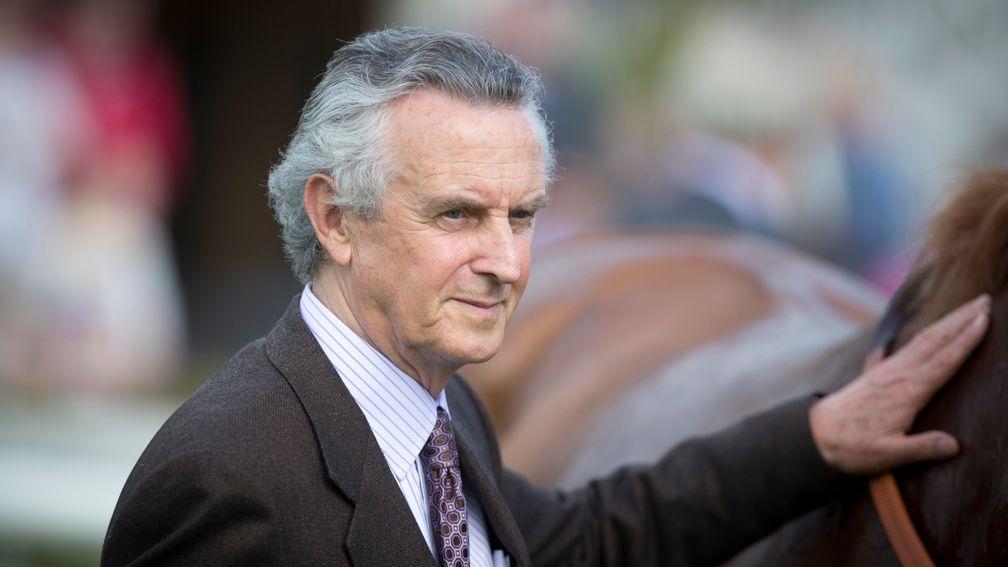
It was the Rock Of Gibraltar colt he was worried about. Of the three, he looked the real smasher. “Just give this fella a quick whizz now,” Jim Bolger told the lads readying the yearlings for his visitors. “I don’t want them to buy him.”
Does any other voice on the Turf today command the attention in quite the same way? Those familiar cadences, so drily precise; to some ears, a little sardonic. Yet if everyone knows always to listen to Bolger, how many actually hear what he has to say? Few truly know his teasing from his strictures, or when his only mockery is reserved for himself.
As now, for instance – over a pot of tea in his conservatory, the late afternoon sun falling in crimson slants across County Kilkenny as though burning its green valleys into the black shadows of evening.
Here he is, the man who put Galileo on the map; who bet the bank on the young sire, even as Coolmore were cutting his fee from €60,000 to €37,500.
Yet he tells the tale scrupulously against himself. How he was obliged to redeem a backlog in covering fees by offering Coolmore the pick of three yearlings he paraded that day; and, yes, how he would sooner have lost either of the Galileo colts than the one by Rock Of Gibraltar.
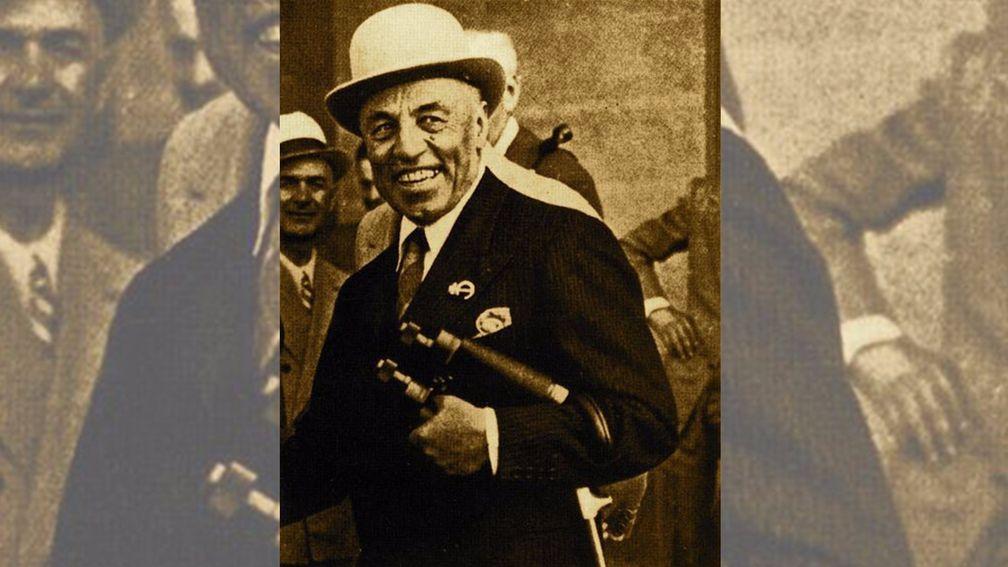
Having known Vincent O’Brien well, he had always been on good terms with John Magnier. “I always felt that if things get tough, he won’t put me in prison anyway,” Bolger says. “So I thought, ‘I’ll get into the horse as much as I can – and worry about paying later’.”
Later, as things turned out, is now some 12 years ago. Magnier’s book-keeper kept ringing: “Now Jim, what are you going to do about this account?” So it was agreed that Demi O’Byrne and a couple of others would come over to Coolcullen, take a look round the paddocks, see if they could come to an arrangement.
“The Rock Of Gibraltar, he was the one I thought the real racehorse,” Bolger recalls. “He was gorgeous, had a bit of pedigree as well. Anyway, we showed the horses and there wasn’t a whole lot of interest in him. But they were very keen on one of the Galileos.”
Everyone was a winner
On the face of it, everyone was a winner. There was a significant cash surplus for Bolger, even after clearing his account; and the chosen colt turned out to be an Irish Derby winner. By the time Soldier Of Fortune won at the Curragh, however, Bolger had already turned the other son of Galileo into an unbeaten champion juvenile: Teofilo, his sire’s breakthrough horse.
And Teofilo would be followed, the year after, by New Approach – the 2008 Derby hero and first of five Epsom Classic winners by Galileo to date.
Both horses, moreover, were traded with Coolmore’s longstanding adversary, Sheikh Mohammed, who duly obtained back-door access to bloodlines he could not bring himself to procure in the sales ring.
Only Bolger, perhaps, could prove so indispensable to both camps that he could remain ever his own man. As a one-man band, in fact, he evokes Tesio: obstinately unorthodox, and as accomplished a breeder as he is a trainer. At 75, trim and youthful as he looks, his legacy is long assured.
Quite apart from his fidelity to Galileo, after all, Magnier is also indebted to Bolger as mentor to Coolmore’s record-breaking trainer Aidan O’Brien.
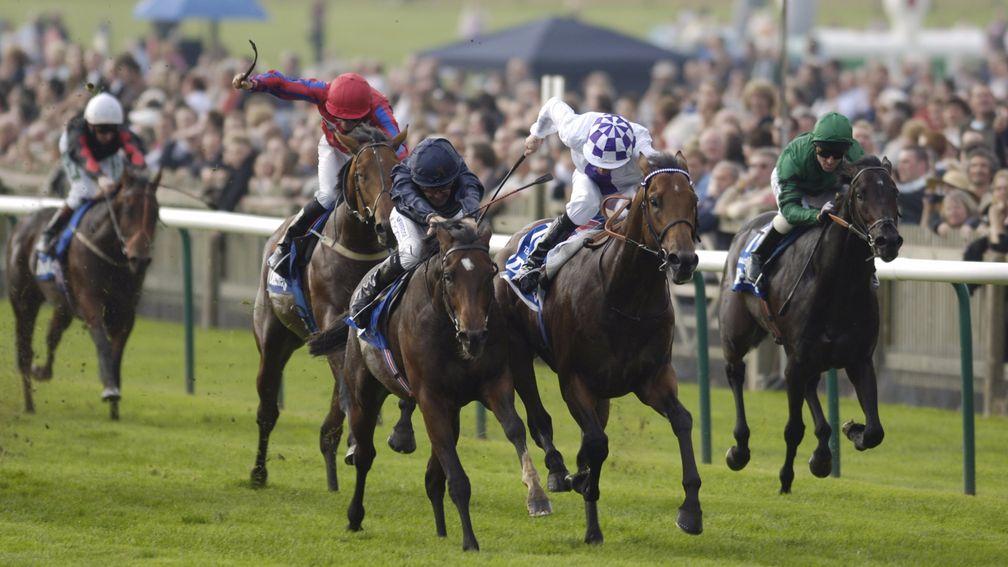
Not that one of his two great discoveries proved a great deal of help in finding the other.
Bolger remembers asking O’Brien for his pick between High Chaparral and Galileo as stallion prospects. “He could have been right,” Bolger smiles. “But he was very wrong. Nobody down there was saying anything good about Galileo.
"John Magnier freely admits things might have been different if it hadn’t been for me. I’d say there was every danger Galileo might have got sold to Japan, or whoever would have him. They can move things on fairly quickly there, and he definitely wasn’t going well when they reduced him to €37,500.”
But Bolger had been besotted from the moment he saw a Sadler’s Wells colt, with a white arrow down his face, knuckle down and break clear at Leopardstown in October 2000.
'I'd make the same mistake twice'
“I couldn’t wait for him to go to stud,” Bolger says. “He started out at Ir£50,000 and, as my wife would tell you, 'Jim doesn’t do anything by half'. You know that saying about never making the same mistake twice? Well, I would. I’d always be ready to go back and make the same mistake.”
He pauses. “I’m not a stubborn person.” Another pause, the air full of birdsong; a wry grin. “It’s a belief thing. If I believe that something is what I expect it to be, I will go to some trouble to prove that’s what it is. So I wouldn’t have let go of Galileo very quickly. I bred a number of very bad Galileos. I had a full-brother to Teofilo who couldn’t even warm himself.”
Like most clever people, Bolger likes to emphasise his mistakes. So, Jim, how about that Rock Of Gibraltar? “Him? He ended up making the running for Teofilo. But he was good at that, he’d bring him to a furlong and a half down. He eventually got sold, Tony Mullins bought him. And every time I meet the owner he looks rather stern at me – he didn’t win a hurdle race, either.”
A typical Bolger flourish
If Galileo could only ever be a one-off, he was still a typical Bolger flourish; typical, that is, of a restless, independent outlook. Not every punt will come off, of course. Last Tycoon derailed him for years.
But it is not that kind of business. And who else but Bolger would send 40 mares to Fracas, as he did last year after handling a single sharp-shooter from one of his tiny homebred crops?
Those mares, in fairness, he lightly deprecates as “hope jobs”. As both breeder and trainer, however, he straddles a margin that brought out epoch-making qualities of daring and innovation not only in Tesio but also in Vincent O’Brien.
Rivals, in either capacity, tend to express their limits in timid conventionality. They conflate those quixotic Bolger hunches – Fracas being one; or Vocalised, his heroic attempt to salvage a Bold Ruler line for Europe – with his determination to reduce other matters of 'feel' to a more scientific footing.
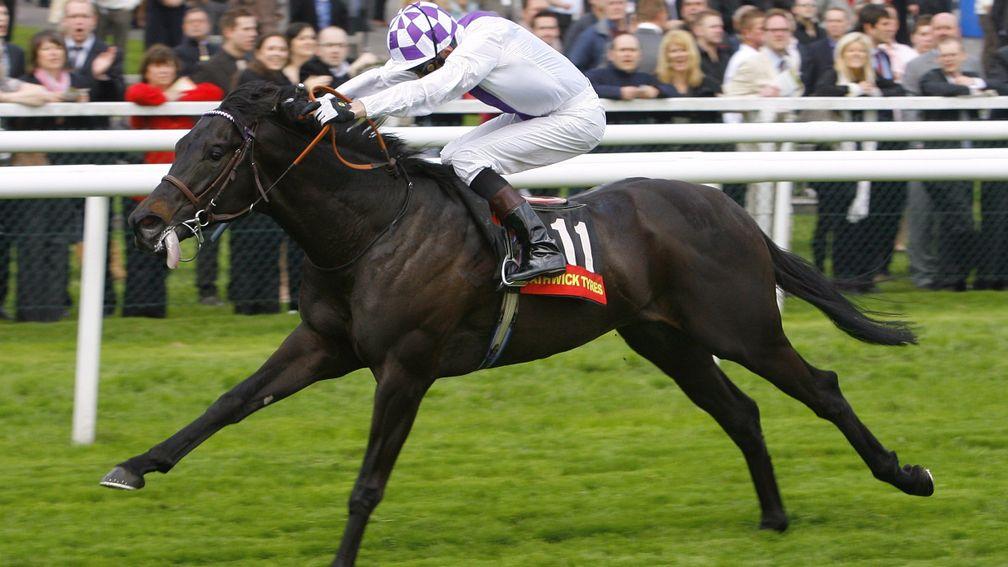
Hence their scepticism, if not outright dread, regarding the genomic experiments he has embraced with Dr Emmeline Hill.
It says everything about Bolger that he should have shown a contrasting curiosity, at a stage when anyone else would pull up the drawbridge on the older lore he had mastered to such effect.
No doubt that reflects the questing nature that first brought him into the game; and that so vexed him, as an outsider, when he couldn’t find a single page in any manual about something so obviously critical as hydration.
“People are very wary [about genomics] when there’s no need to be,” he says. “If you calculate the time it takes to rear a filly, bought as a foal; to train her, to achieve whatever she achieves; and then box her up and sent her off to get covered; get her back, look after her –it’s an awful lot of hours.
"And what if that animal is no good, and you spend 25 or 30 grand along with your time? If you can come up with a formula to weed out the dirt, that’s got to be to everybody’s advantage.”
Quietly gaining currency
As it is, the genetic distance categories (CC/CT/TT) are quietly gaining currency in the business. Nobody, after all, knows better the things that can be achieved by pure horsemanship. By the same token, nobody has a better perspective on the gaps that can be filled.
“At the end of the day, it’s all about the genes,” he said. “Obviously they don’t lick it off the street. Yet even with Galileo, his stock rated over 115 in any given crop will be a small number.”
As such, Bolger feels it would be crazy not to improve the odds if you can. So first he developed his own rules in reading pedigrees. He’ll want to see a top-class animal under the third or fourth dam, and no dud sires in between. And he is intrigued by neglected, latent influences. Who, for instance, was Espresso – sire of Galileo’s third dam?
“Without him, we probably never would have seen Galileo,” he says. “At that stage you might only be talking about a small percentage of his make-up, but obviously the right traits were found somewhere.
"I think it’s relevant back to five generations, although I know a lot of people dismiss all that. And the bloodstock agents – well, if it’s not on the page, then it’s not there!”
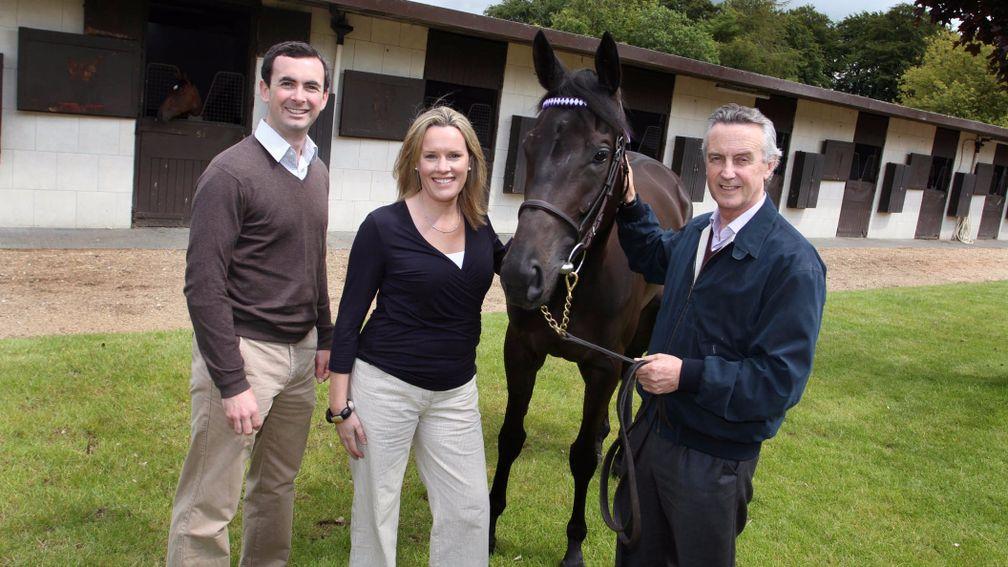
But nowadays he can also factor in the kind of balance, in terms of distance, he wants to achieve. “The stallion owners have been very wary, and didn’t want their horses tested,” he says. “But if you send enough mares to a stallion, and you know what your mares are, then you’re going to find out what the stallion is.
"Galileo is a TT [stamina influence]. I’ve said that publicly before, and I don’t care who hears it or knows it or doesn’t want to know it. That’s what he is. And if I told you I was retiring a TT horse in the morning, he might be a hard sell.”
From this you might infer, for instance, that Ouija Board cannot be a TT if their son Australia could run so well in a Guineas. If Australia is a CT, he would be in good company with Teofilo and New Approach. Bolger views all three as feasible heirs to their sire.
But he knows – and is grateful – that the mysteries of breeding will never be wholly dispersed. He remembers getting into a lift at the Curragh after Sadler’s Wells won the Irish 2,000 Guineas in 1984. There was Vincent O’Brien.
“Well done, Vincent,” he said. Repeating the master’s response, Bolger puts on a distant, slightly perplexed tone: “Yes. I haven’t seen a horse jump out like that and keep on at the Curragh.”
Bolger never asked George McGrath, who rode the horse; and maybe wouldn’t have been told, had he done so. But he wonders to this day whether Sadler’s Wells was only there to make the pace for Pat Eddery on the first string.
Even late in his career, after all, even Vincent was still seeking fresh insights. The following year he sent five fillies to Coolcullen, and asked to see the famously steep gallop where Bolger was hewing all these exceptionally hardy runners.
“So I said to hop into the jeep,” Bolger recalls. “And he said: ‘No, I want to walk the gallop.’ So we did. He must have been nearly 70 then, and was a little short of breath. So I stopped to say something silly, just to give him a break.
'Best trainer in the world'
"He’d been talking about pressure. And I couldn’t understand this. Here was the best trainer in the world, who’d done just about everything, and he was feeling the pressure.
"I was training mainly fillies at that stage, hadn’t had a top colt. Maybe I didn’t know what pressure was. So I said to him, ‘That’s the beauty of training fillies, Vincent, it doesn’t really matter if they win or not'. And he eyeballed me, and he just says: ‘Oh it does, Jim!’”
That was the year after Park Appeal’s stellar juvenile campaign. In the meantime she had been sold to Sheikh Mohammed, only to bomb out in the French Guineas.
She was a very sick horse a week later. Little could Bolger and the sheikh know how far their partnership would progress from this discouraging start. A shared Derby winner, in New Approach; while Park Appeal, for her part, would produce Cape Cross.
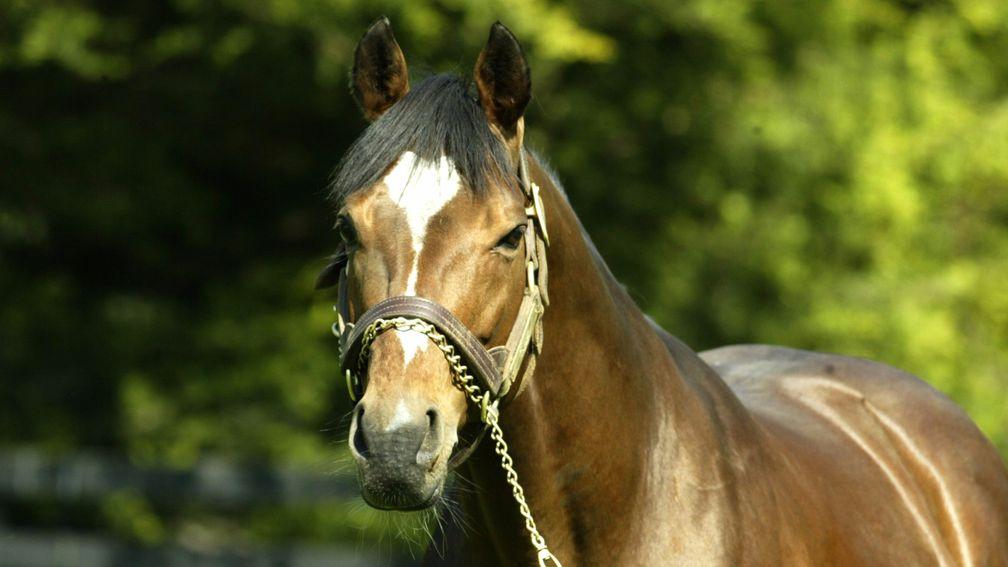
Bolger can duly take credit for two great Epsom stallions; a role in the sire of Sea The Stars, as well as in the success of his half-brother Galileo. His legacy seems ubiquitous. Tony McCoy we haven’t even mentioned, nor Horse Racing Ireland.
It is a long time, now, since Jackie called in from the kitchen opening on to his first yard on the edge of Dublin. “We’d beaten one of Vincent’s in a maiden and put our horse in a Group 1 in France,” Bolger recalls.
“At this stage now I’ve trained probably a dozen winners. And the other trainers were apparently all saying, ‘Where does he think he’s going?’ And there was Jackie saying Lester Piggott was on the phone.
"I went in wondering who’s getting it up for me. Anyway it was Lester – and I had to refuse him, because I had Declan Gillespie riding for me at the time. But it was a big boost.”
Now it is the young trainers who seek Bolger out; to ask how to keep horses bouncing the way he does, to keep them thriving. But he still has one his senior, on the Flat, whose own counsel remains ever the same.
“Kevin Prendergast always says to me: ‘You be careful with those mares, Jim, you’ll go broke’,” Bolger grins. “His father used to say, ‘If you don’t like somebody, give them a present of a broodmare. And if you really don’t like them, make sure she’s in foal'.
"Well I might give half of it back, but I’m not giving it all. Though I suppose, if half of it were gone, I might still be stubborn enough to fritter away the rest.
“But most breeders only have one day in the sun, five minutes at the sales when everything has to be right. In our case, we can go to the races three or four times and get it wrong – and then maybe one day you get it right, and put a bit of value on your animal.
"Even if it’s not a world-beater but it’s 16 hands and might get two miles over hurdles, if one comes along and makes a hundred grand, that means you can write off maybe three others. If you were a commercial breeder, you wouldn’t last very long doing it that way.
“Obviously I’m not going to have top horses every year. But as I keep telling my staff – and other people who are kind enough to be concerned – I only need one. To do the business, to get out of it what I want to get out of it, I only need one.”
Published on 4 December 2017inFeatures
Last updated 18:13, 4 December 2017
- Oh, Gino took the stage all right but Walk In The Park and Authorized stole their share of Aintree limelight
- 'You sometimes forget they're stallions' - meet up-and-coming eventing stars Galileo Dance and Galileo's Secret
- 'Two decades in the bloodstock business has taught me more about people than horses' - meet Tattersalls rep Gaurav Rampal
- How pouncing on a 3,000gns broodmare helped Chris Liesack breed exciting Cuban Tiger
- Captain Cody keeping the spark alive for Waterford breeder Richard Morrissey
- Oh, Gino took the stage all right but Walk In The Park and Authorized stole their share of Aintree limelight
- 'You sometimes forget they're stallions' - meet up-and-coming eventing stars Galileo Dance and Galileo's Secret
- 'Two decades in the bloodstock business has taught me more about people than horses' - meet Tattersalls rep Gaurav Rampal
- How pouncing on a 3,000gns broodmare helped Chris Liesack breed exciting Cuban Tiger
- Captain Cody keeping the spark alive for Waterford breeder Richard Morrissey